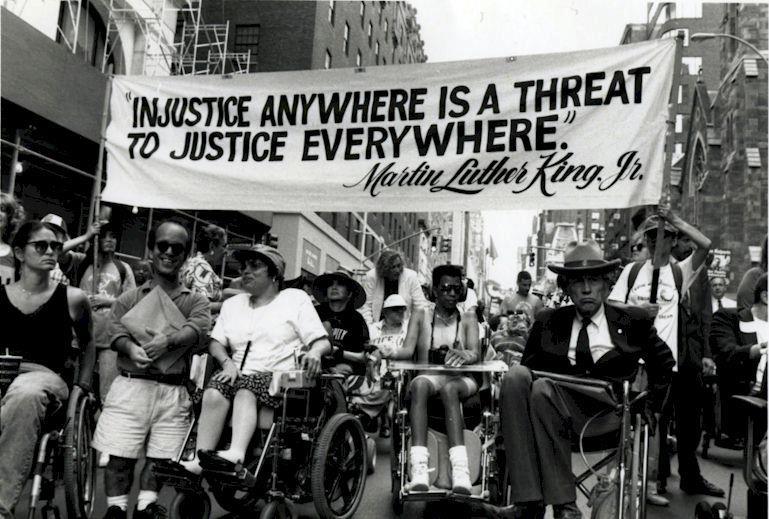Well, I’ve been alive, just distracted from blogging.
In October, my computer died, and I spent nearly three weeks on mom’s old PC unable to run applications heavier than Firefox. I made the best of the situation and did a lot of reading, especially about Second Life, a 3d virtual community. What especially caught my eye was this article in the Washington Post about people with disabilities using Second Life (SL):
Brown, Salvatierra and Dawley are just a few examples of an increasing number of sick, disabled and troubled people who say virtual worlds are helping them fight their diseases, live with their disabilities and sometimes even begin to recover. Researchers say they are only starting to appreciate the impact of this phenomenon.
“We’re at a major technical and social transition with this technology. It has very recently started to become a very big deal, and we haven’t by any means digested what the implications are,” said William Sims Bainbridge, a social scientist at the National Science Foundation.
In addition to helping individual patients, virtual worlds are being used for a host of other health-related purposes. Medical schools are using them to train doctors. Health departments are using them to test first responders. Researchers are using them to gain insights into how epidemics spread. Health groups are using them to educate the public and raise money.
These increasingly sophisticated online worlds enable people to create rich virtual lives through “avatars” — identities they can tailor to their desires: Old people become young. Infirm people become vibrant. Paralyzed people become agile.
Read the full article:
Real Hope in a Virtual World: Online Identities Leave Limitations Behind
As soon as I got my computer back, I jumped into SL with both feet. It can be a great thing for people who, due to disability and associated barriers, are unable to do much in real life, and people lonely and seeking interaction. It can do a lot of good. It’s head and shoulders above past alternatives. And it’s free.
This is the next frontier for disability culture, as well as a way to support others, socialize, and even a source of income (one woman makes $250,000 annually selling dresses in SL).
So far I am doing several things in SL:
1) I work with The Heron Sanctuary, a group to help disabled users arrive in and integrate into SL. I founded the Open Gates Peer Support Community, so that anyone with disabilities in SL who needs to talk has someone to talk to in group chat, 24/7.
2) I’m one of the members of Second Life Synagogue. Read about us here in the Jerusalem Post. We do symbolic lightings prior to Shabbas, and we have an SL yeshiva as well, where we meet to study the Torah portion on Tuesdays and study Rambam on Wednesdays.
3) I like hanging out in historical settings (like 1001 Arabian Nights, or Deadwood). With SL you can step into the past anywhere in the world.
In the future I plan to give my PowerPoint presentation I gave as a keynote speech in Chicago, Minneapolis, DC, etc., in SL.
I’m making a real effort to shake my past failures in 2008 and accomplish new stuff, learn new things.
For ’08, I’m planning to get back to blogging, learn DJing in SL, and I have plans for a small business in SL selling camels.
Stay tuned!
Nick
